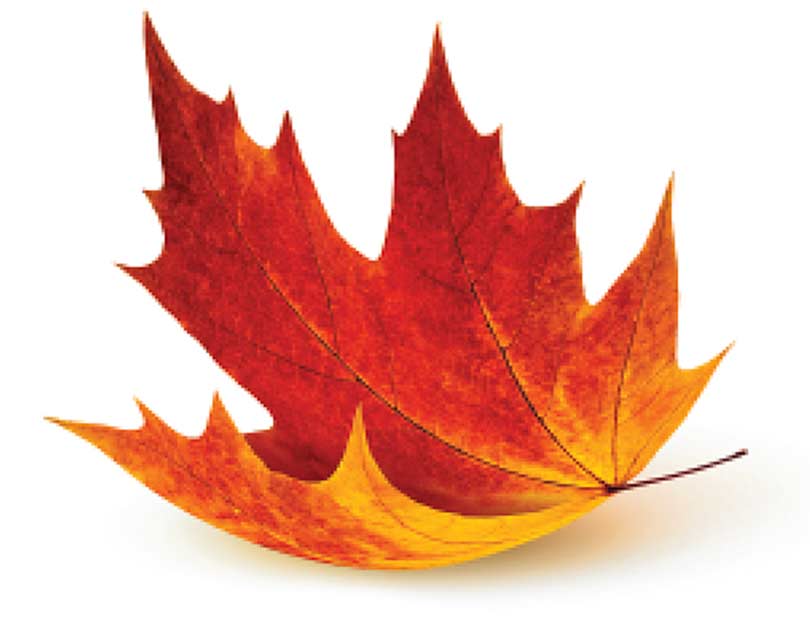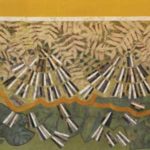
As autumn spreads its frosty arms, we are treated to a spectacular show. Starting in late September, our deciduous forests morph from variegated greens into a collage of crimson, yellow and orange. Reigning supreme, the maple broadcasts its beauty throughout the landscape, from the river bottoms to the highest hills.
In the early 1600s, Champlain described the show of maple colours as one of the most magnificent sights in the world as he paddled along the Bay of Quinte and the north shore of Lake Ontario, during a stretch of sunny autumn days.
The Watershed region is home to all five species of maple that are native to Ontario: the sugar, the striped, the silver, the black and the red maple. The red maple is also called the swamp maple, not to be confused with the crimson king maple which is a cultivar of the European Norway maple and is considered invasive.
The sugar maple thrives in well-drained, rich soil in areas that receive lots of sun. The sugar maple is designated as Canada’s national tree and its leaf is known worldwide as the symbol of Canada – tattooed on the hearts of Olympians, unfurled at hockey games and pinned with pride on our backpacks. Red and silver maples both prefer a wet environment and do quite well with their roots submerged. The Moira River flood plain has an abundance of both swamp and silver maples.
The striped maple is a shrub-like tree that grows in the understorey of the forest and seldom reaches eight inches in diameter.
The black maple, sometimes confused with the sugar maple, also grows in moist bottom lands. It is less common in our area but you can identify it because of its classic shaped leaves that droop down and whorl around their stems.
The leaves of all deciduous trees turn colour as the September days shorten because they are no longer capable of producing glucose via photosynthesis. A small cork barrier forms between the leaf and the twig, sealing off the flow of chemicals. The green gradually disappears, leaving the chemicals in the leaf to show their colours. The red is known as anthocyanin and protects the tree from disease and drought. It is also present in oak and sumac trees. The orange hues come from carotenoid which is the same compound found in carrots. Yellow comes from yet another chemical, all of which were present in the leaf, masked by the green when it was producing glucose. The red maple owns the crimson and scarlet colours but the mighty sugar maple lords it over all other trees on the planet, producing a vibrant mixture of hues from reds to oranges and yellows.
Efforts to encourage the propagation and conservation of the maple date back to the 1870s when forward thinking farmers sought to prevent soil erosion and provide windbreaks by planting trees. The province of Ontario introduced legislation that compensated landowners for planting trees along the roadsides bordering their properties. The evidence of those conservation efforts remains today. Lines of sugar maple trees bordering rural properties can still be found throughout southern Ontario. While many reached the limits of their lifespan, some still survive. Most sugar maples reach their peak age at 100 years, but depending on the environment, they can last 300 years. Peter’s Woods Provincial Park in the heart of Northumberland County boasts a sugar maple recently dated at 460 years of age!
Story by:
Roger Thomas




